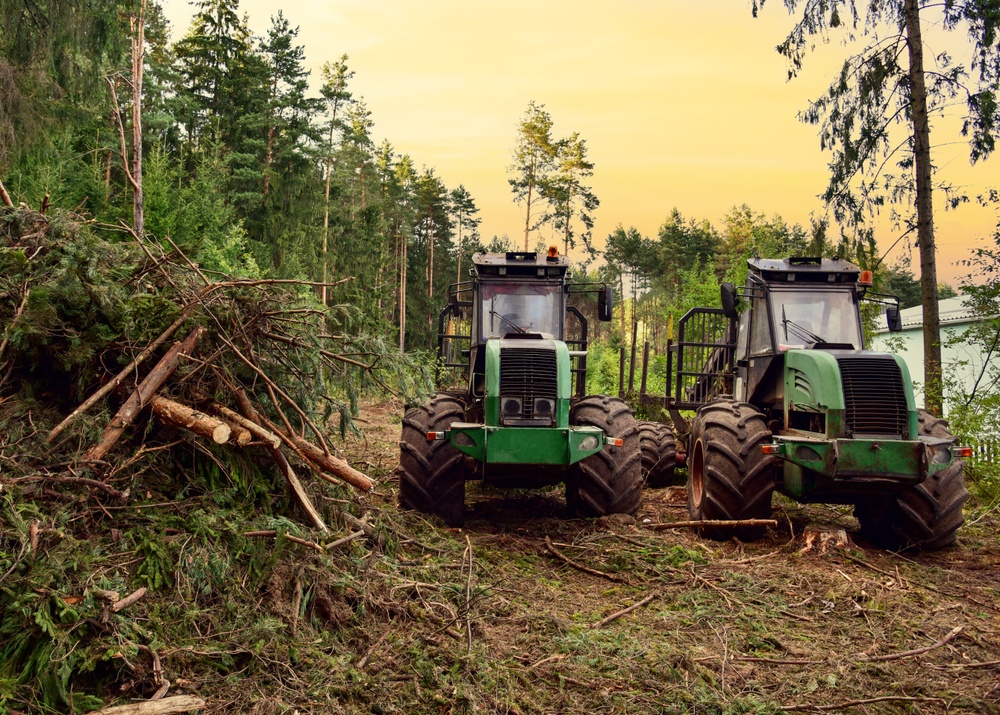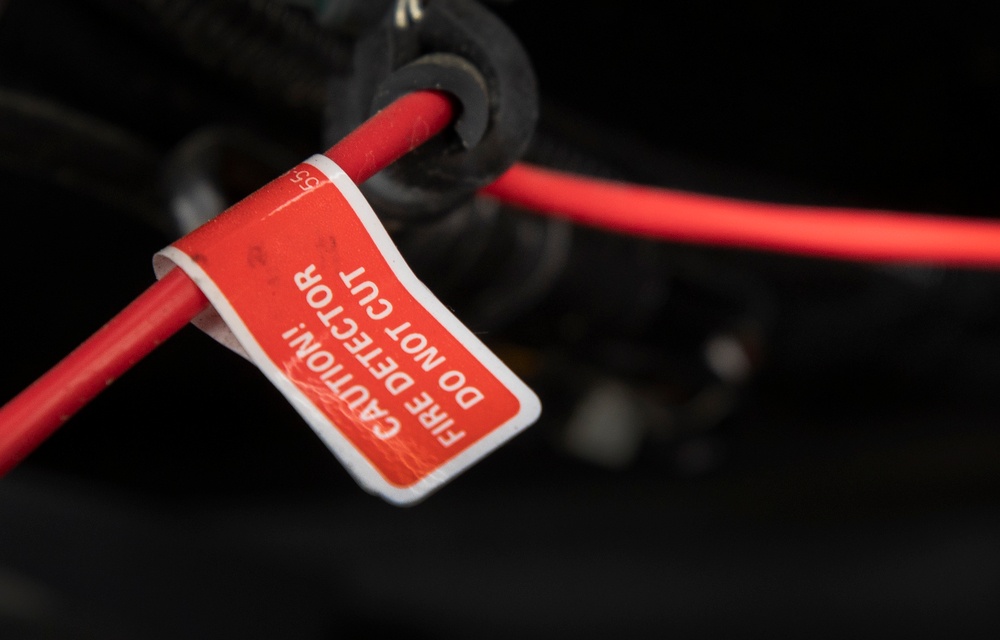Taming the flames

The reason to reconsider fire suppression
Fire is a feared event in the logging industry, but far too often, individuals are ignorant of how their presence could harm the forest or how the likelihood of breakouts can be reduced.
A burning crisis
The effects of wildfires are now higher than ever in timber industries around the globe. For example, in South Africa, they lost 146 kha of tree cover between 2001 and 2022, and the probability of severe wildfires in the Cape Town area has virtually increased in recent years. However, increased organic matter drying out in forests as a result of increased temperatures brought on by climate change is not the only factor contributing to the increase in flames.
According to research, more than 80% of wildfires in the US are started by people, and more than 60% of wildfires in the UK are believed to be human caused. Therefore, it’s crucial for anyone working in the timber sector to comprehend the specific fire hazards associated with their line of work, as well as how to avoid the generally disastrous consequences of failing to mitigate those risks.
Given that humans cause roughly 99% of wildfires in South Africa, severe harm to the environment and economy can be avoided. Because of this, it's imperative for anybody working in the timber industry to understand the risks of fire related to their own profession as well as how to prevent their usually disastrous effects.
The risks
The forestry sector frequently entails lone work, with all the risks that entails, and one of the biggest dangers forestry equipment owners and users must deal with is fire.
There are fire risks in the sector because of the hot temperatures of the vehicles and the quantity of combustible material they convey. Around the vehicles, this material frequently builds up, increasing the risk of re-ignition. This suggests that a single spark can start a large fire in a matter of minutes as opposed to hours.
If this happens, more flammable material, such as wood chips, sawdust, and forest trees, would make the fire worse. Because of the forest's infinite supply of fuel, which gets drier as temperatures rise, it can take days or even weeks to put out a fire. A fire not only endangers human life but also destroys the environment by destroying wood, machinery, vehicles and the supply of wood. The entire sector has also been hampered by serious fires across the globe.
People must take extra safety measures due to the increased risks than only operating their vehicles briefly to prevent a flame from starting. They should consider proactive fleet protection instead.
Fireproofing your fleet
Despite the significant risks associated with the timber sector, different laws from different countries govern forestry, peat and chipping equipment.
Sweden, for instance, is one of the nations with the most extensive fire safety regulations and the second-largest provider of pulp, paper and sawn wood products internationally. Despite making up more than 25% of the nation's territory, which is still growing, the total annual burned area of woods hasn't exceeded 5000 ha since the 1950s.
The fact that Sweden's timber industry is so important to the country's economy and employs 200,000 people increases the pressure on policymakers to reduce the risk of fires. Preventing a fire is always preferable to putting one out. Because Swedish insurers mandate that on-board fire suppression devices be fitted on all forestry, peat and chipping machinery, Sweden has emerged as a global pioneer in fire safety. Other countries could learn from Sweden's expertise in reducing fire hazards globally and the resulting higher productivity (owing to better equipment performance and less downtime).
Due to this close examination, Sweden's forests are safeguarded by a combination of strict legislation and fire suppression equipment, such as the Dafo Vehicle fire suppression system.
This legislation, which extends beyond the timber vehicle itself to further reduce the risk of fire, requires the installation of fire suppression devices at every stage of the supply chain for timber. This thorough strategy highlights how crucial it is to take into account the entire forestry sector in order to reduce risk along the entire supply chain.
The art of detection
Protecting people, the environment and the forest depends greatly on early fire detection. Using technologies like heat detectors that keep an eye on typical offenders including engine, hydraulic, fuel, and electric systems, vehicle and plant fire suppression measures successfully avert catastrophe.
For instance, the linear heat detector wire of the Dafo vehicle suppression system activates when a vehicle hits 180 degrees Celsius. In order to keep everyone and everything safe while preventing a small fire from escalating into an inferno, a non-corrosive, environmentally friendly suppressant is triggered to be discharged at 180 degrees, along with a warning issued to the driver.
What’s next for the forest industry?
Many companies are using electric vehicles (EVs) to power their operations as they search for more environmentally friendly ways to move goods.
The forestry industry is currently unable to make this change since it is difficult to keep EVs charged when using them in remote areas. Despite the fact that some businesses are considering using hybrid and electric vehicles that are now on the market, it's critical that fire suppression continues to dominate industry debate as the industry transitions to EVs.
Lithium-ion batteries pose additional risks like thermal runaway, which can produce its own source of oxygen, as these engines develop and become more prevalent. The risks to the timber sector are greatly increased by this. Individuals will need to make sure their vehicles are completely safeguarded against these new threats while the industry waits for legislation to catch up with technological advancements.
For more information get in touch.
About Dafo Vehicle
Dafo was founded in 1919 and has developed into a modern, high-tech company committed to offer the very best solutions to its customers. Dafo was one of the first companies in the world which started to develop integrated firefighting solutions for vehicles back in 1976. Dafo Vehicle Fire Protection has three main business areas: Integration (Fire suppression systems integration into OEM production line, Retrofit (Fire suppression systems installed at final customer) as well as Service & Maintenance. The Dafo Vehicle group today consist of several subsidiaries and Dafo dealers – Dafo Vehicle Oy (Finland), Dafo US, Dafo Deutschland, Dafo Russia, Dafo Asia, Dafo Spain, Dafo UK & Ireland, Dafo Middle East, Dafo Chile, Dafo Brasil, Dafo Australia and Dafo Peru. The head office is located in Tyresö, Sweden.
Contacts

Åsa Westhammar
- asa.westhammar@dafo-vehicle.com
- +46 10 1768 186

